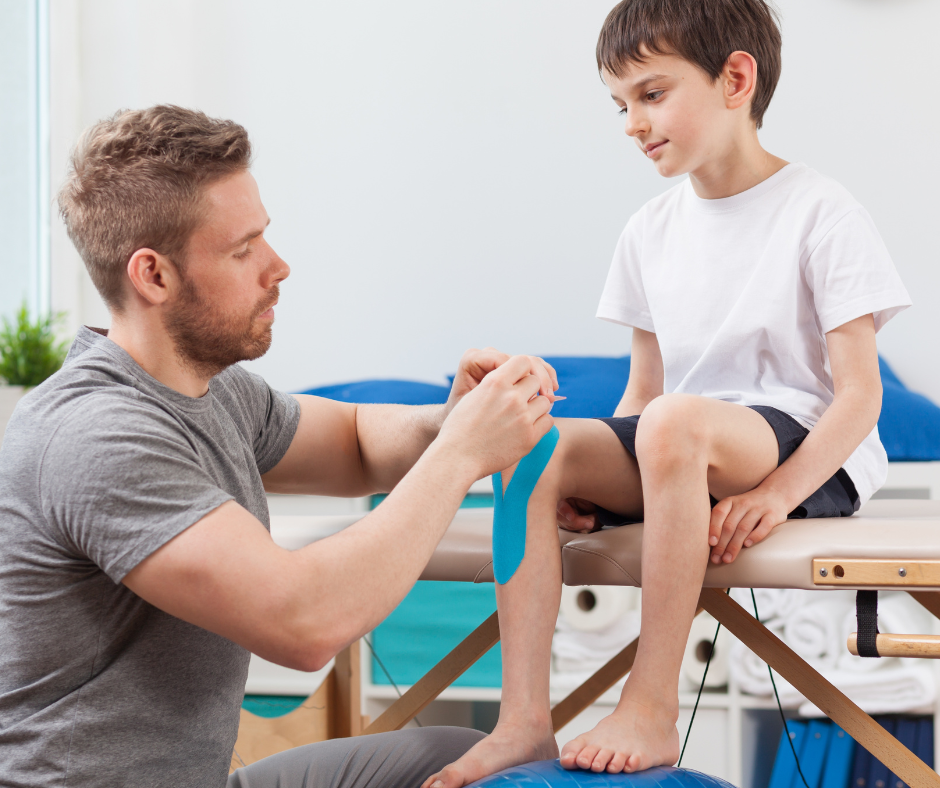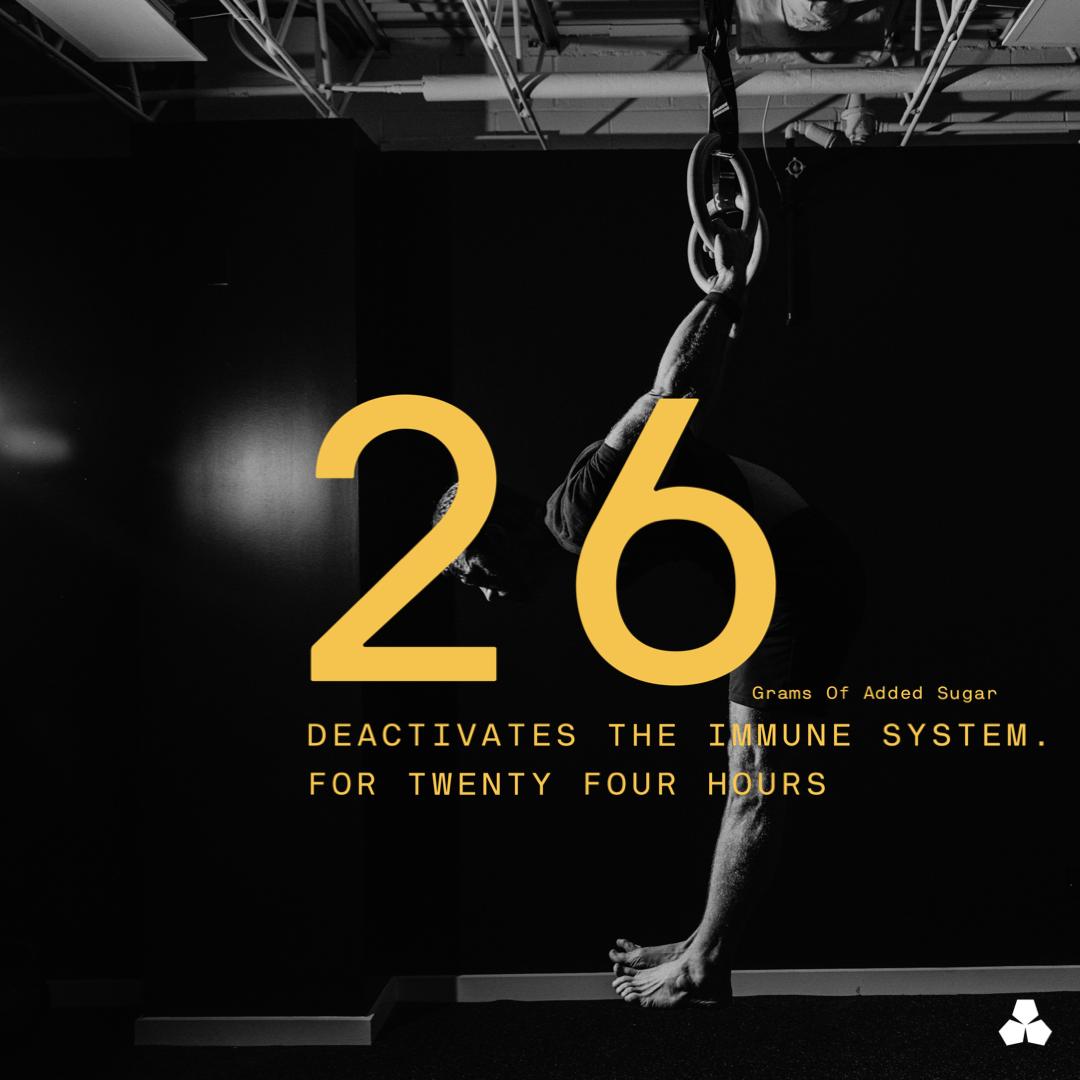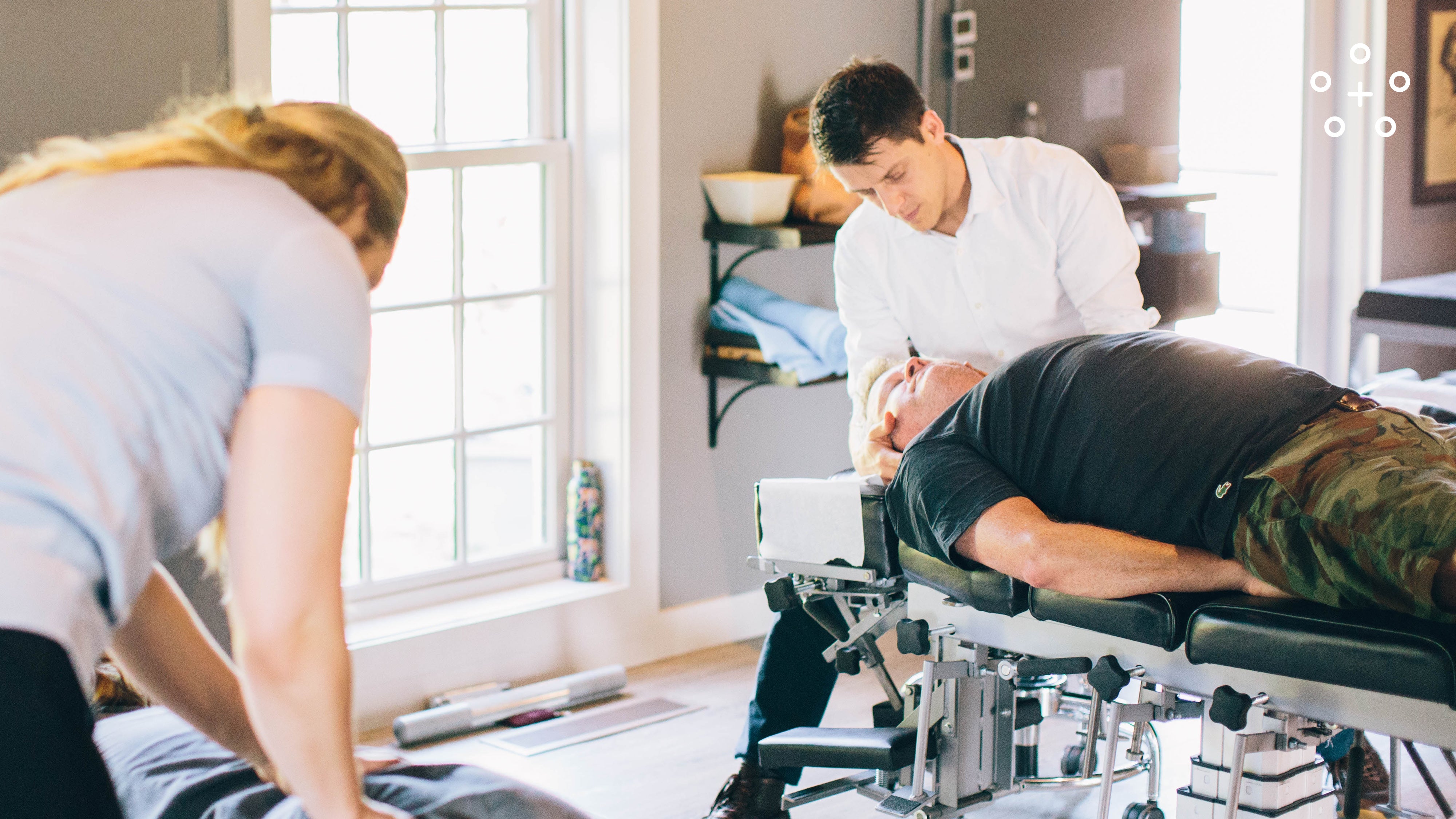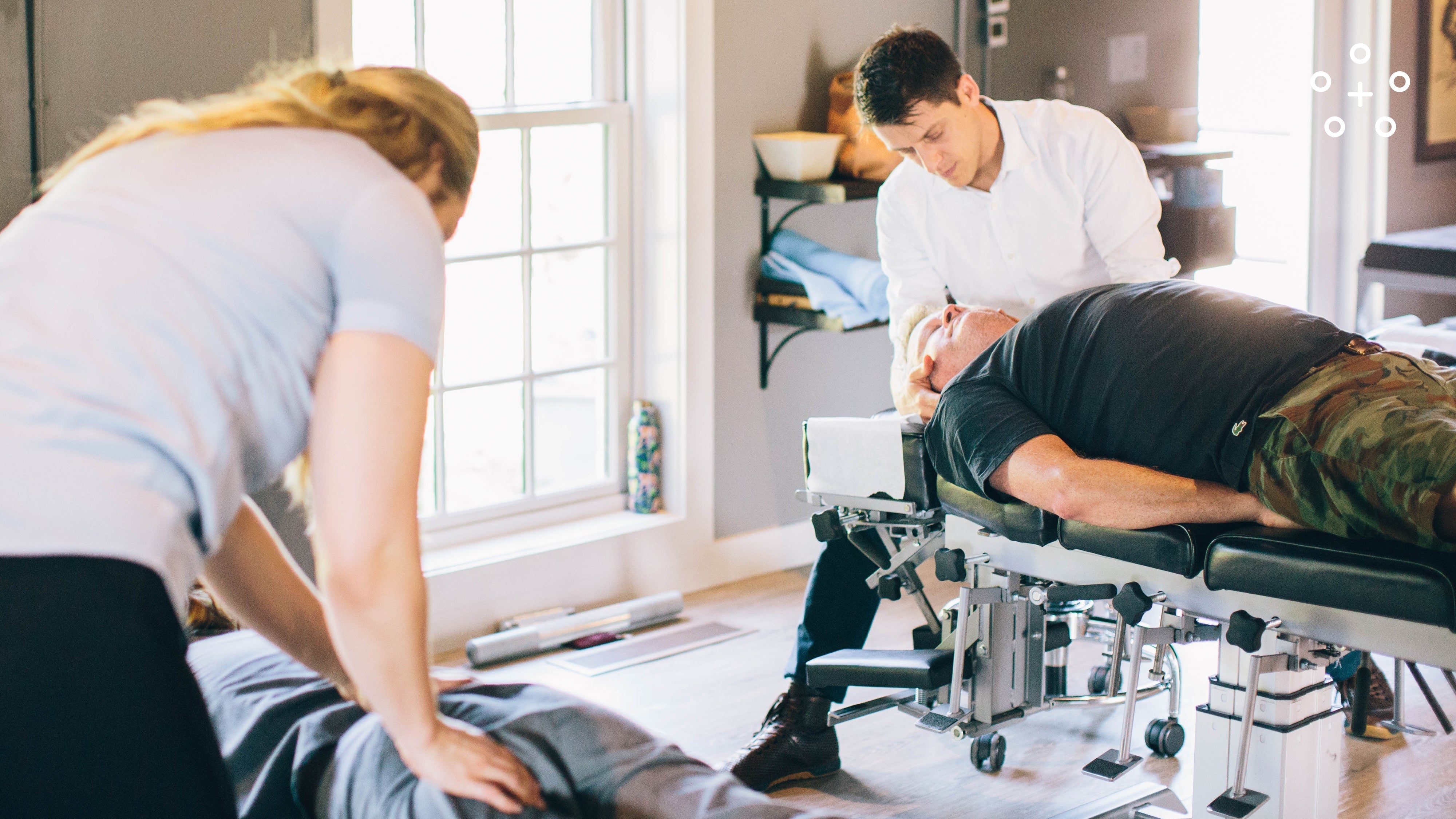The Importance of Smell, Vibration, and Sound for Your Child's Brain in Birmingham: Exploring Sensory Pathways and Primitive Reflexes
If your child is facing challenges with concentration, learning, or emotional control, the root cause may not solely be related to behavior or motivation. It could be linked to the wiring of their sensory pathways. At Archetype Health in Homewood, we combine primitive reflex integration with various sensory stimulations such as smell, vibration, sound, and vision to foster significant changes in brain development.
Unveiling the Influence of Sensory Pathways
While most individuals view senses like sight, sound, smell, and touch as passive, in the nervous system, sensory pathways act as active routes providing the brain with essential information. These inputs not only aid children in perceiving the world around them but also contribute to shaping the structure of the brain itself.
For instance, vestibular pathways, responsible for balance, connect to the cerebellum and brainstem, influencing posture, eye movements, and attention. Proprioceptive pathways, linked to body awareness, directly feed into the cerebellum and motor cortex, establishing the foundation for coordination. Auditory and olfactory pathways journey to deep limbic centers before reaching the cortex, playing a crucial role in emotional regulation and memory. Moreover, tactile input, including touch and vibration, prepares the somatosensory cortex, impacting skills like handwriting, fine motor control, and speech articulation.
When these pathways are not fully developed or when primitive reflexes persist, higher brain functions like reading, planning, and emotional regulation may not reach their full potential.
Primitive Reflexes: The Basis of Sensory-Motor Connection
Primitive reflexes are not merely motor patterns; they represent early sensory-motor training loops. Reflexes like the Moro reflex combine sudden movements with auditory and visual alerts, while the ATNR associates head movements with visual tracking and arm extension. The Spinal Galant reflex integrates tactile stimulation with trunk movement. Failure to integrate these reflexes results in a continuous influx of sensory "noise," leading to issues such as poor focus, lack of coordination, anxiety, and difficulties with reading or writing.
Our Approach to Integrating Primitive Reflexes through Sensory Stimulation
At Archetype Health, we take a comprehensive approach to stimulate sensory pathways strategically while focusing on reflex integration to enhance neuroplasticity. For instance:
- Smell & Olfactory Pathways: By utilizing essential oils like peppermint, lavender, or frankincense (after sensitivity testing), we activate the olfactory bulb, which directly connects to emotional regulation and memory centers.
- Vibration & Tactile Pathways: We employ gentle vibration tools on specific areas to engage proprioceptive receptors and spinal sensory tracts, promoting relaxation and enhancing muscle control.
- Sound & Auditory Pathways: Through metronomes, rhythmic sounds, and lateralized audio, we target the auditory cortex to improve timing, rhythm, and balance.
- Vision & Vestibular Pathways: Activities like pursuit tracking and balance tasks stimulate the cerebellum and vestibular nuclei, enhancing eye-body coordination and attention.
- Breathing & Interoception: Training in slow, deep breathing activates the vagus nerve, reducing stress responses and improving heart rate variability.
The convergence of these techniques drives neuroplasticity, enabling the brain to rewire itself effectively.
Observable Benefits Families Experience
Parents frequently observe the following changes in their children:
- Increased calmness and focus
- Improved handwriting due to enhanced body awareness
- Enhanced reading fluency from stabilized eye tracking
- Reduction in emotional outbursts through vagal activation
- Improved sports performance and coordination facilitated by a more efficient cerebellum
This transformation is not magic but a targeted sensory approach reshaping the brain.
Frequently Asked Questions
- Is sensory stimulation safe for kids?
Yes, when applied thoughtfully and tailored to each child's needs, it is safe.
- Does my child require a diagnosis to benefit from these interventions?
No, sensory pathway work can support children with or without formal diagnoses, particularly those facing learning, attention, or coordination challenges.
- How soon can we expect to see improvements?
While subtle changes may be noticed within weeks, significant enhancements typically result from consistent practice over several months.
Explore Sensory Pathway & Primitive Reflex Therapy in Birmingham & Homewood, AL
For cutting-edge primitive reflex integration or sensory therapy services in Birmingham, visit Archetype Health in Homewood.
Our innovative approach combines functional neurology, chiropractic care, and multi-sensory stimulation to help children unlock their full potential. 📍 3250 Independence Dr, Homewood, AL 📞 To schedule your child's sensory evaluation, call 1-205-803-1234 today.




